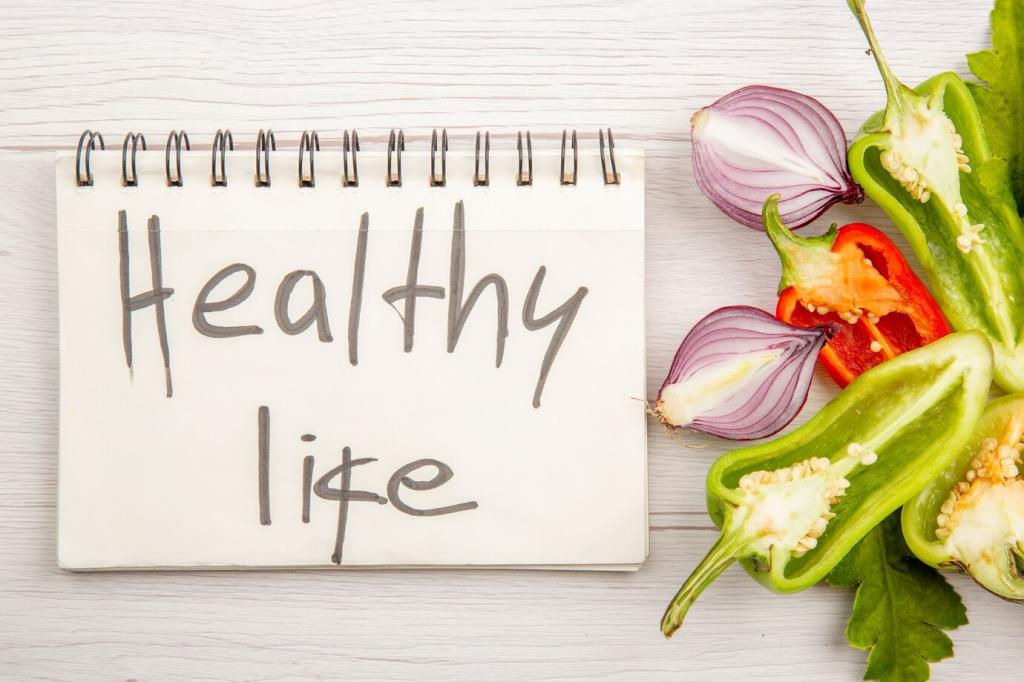Find Your Calm: Reducing Stress through Mindful Exercise

The Mind–Body Switch
When you pair slow movement with awareness, you stimulate the parasympathetic nervous system, quieting the stress response and restoring a sense of internal safety and steadiness.

Presence Over Perfection
Mindful exercise asks you to notice breath, posture, and sensation, replacing self-criticism with curiosity, so stress loses grip as acceptance gently takes its place.
Breath-Led Movement Basics
Box Breathing Warm-Up
Inhale for four, hold for four, exhale for four, hold for four. Match a slow shoulder roll to each phase, releasing neck tension with every mindful cycle.
Grounding Through the Feet
Stand tall, spread your toes, and feel the floor’s support. Bend knees softly while inhaling, then rise on the exhale, training attention to follow steady, calming rhythms.
Wave the Spine
Seated or standing, ripple your spine as you breathe. Tiny undulations massage nervous system pathways, transforming stiffness into supple ease and a comfortable sense of presence.
Science of Calm in Motion
Slow exhalations and gentle stretching activate vagal tone, nudging heart rate variability upward, a biomarker linked to resilience, emotional regulation, and quicker stress recovery.
Stories from the Mat
Jordan swapped doom-scrolling for five minutes of breath-led stretching before leaving work. The drive home felt kinder, and evenings became conversations rather than complaints.


Stories from the Mat
Maya paused a tense meeting to stand, inhale, and release her shoulders. Two mindful minutes later, collaboration returned, and the project plan finally aligned.



Build a Sustainable Habit

Anchor to Daily Cues
Attach a two-minute practice to morning coffee, lunch breaks, or commuting. Consistent anchors beat willpower and gradually transform calm into your default setting.

Start Tiny, Grow Kindly
Begin with five mindful breaths and one gentle sequence. Add minutes only when it feels inviting, not punishing, so commitment grows without resistance.

Invite Community
Ask a friend or colleague to join a weekly micro-session. Share wins, laugh at misses, and keep each other returning to the practices that help most.
After each session, note tension, mood, and focus in simple words. Patterns reveal themselves, guiding you toward the practices that reduce stress most effectively.
